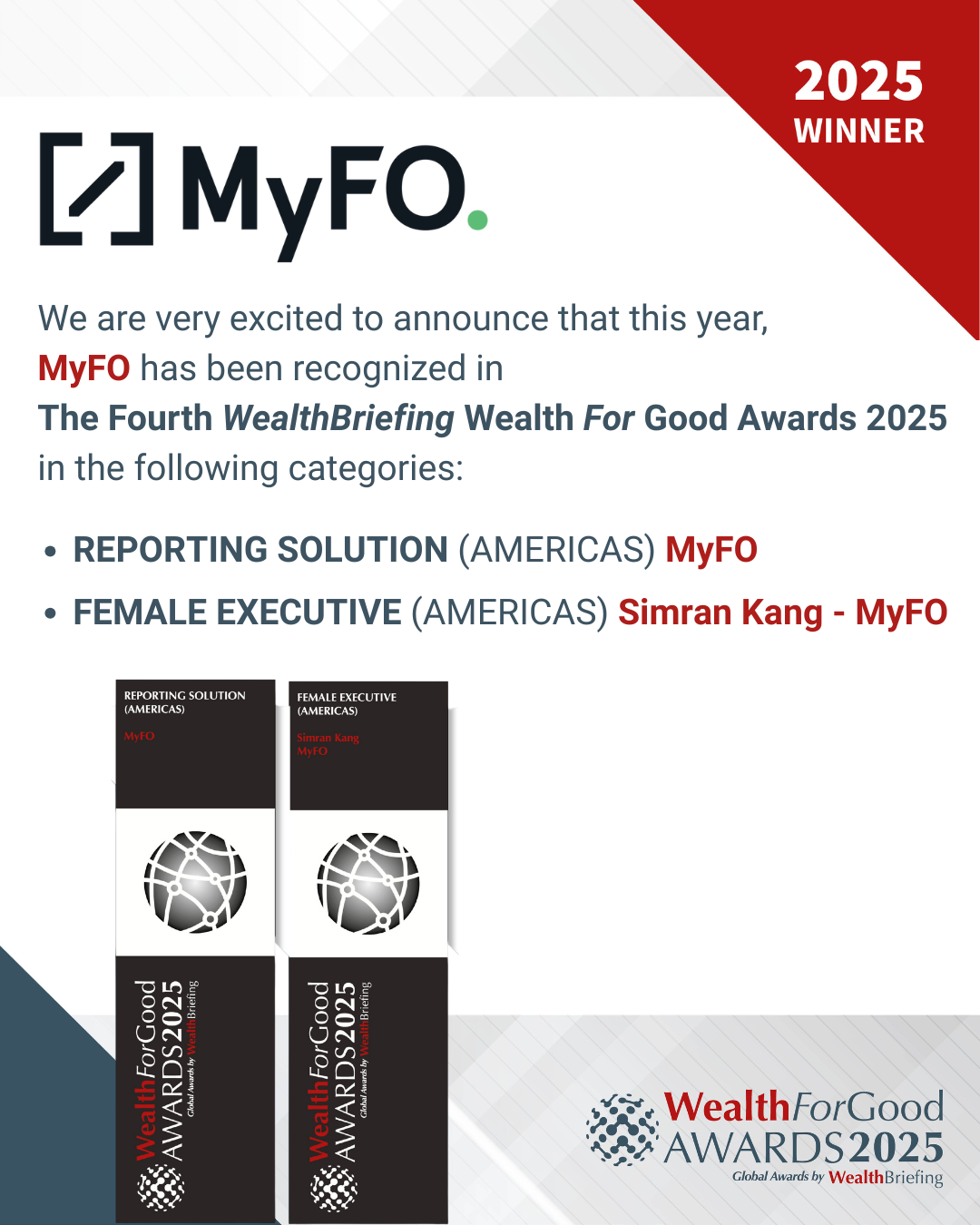As of May 2025, gold is once again in the spotlight. With inflation pressures rising, geopolitical instability escalating, and market volatility persisting, family offices around the world are turning to gold as a core element of their long-term strategy. This is not just about protecting capital. It is about maintaining flexibility, resilience, and clarity in a world that feels increasingly uncertain.
For family offices managing multi-generational wealth, gold offers something few other assets can. It holds its value across generations, performs when traditional markets falter, and serves as a store of liquidity during unpredictable periods. It is more than a hedge. It is a strategic tool.
History Repeats: Gold in Past Crises
The 1970s Stagflation
In the 1970s, the United States experienced stagflation—a mix of stagnant growth and high inflation. During that decade, gold prices soared from around 35 dollars to over 600 dollars per ounce. According to GoldMoney, this 1,600 percent increase reflected widespread investor demand for assets that could weather inflation and preserve purchasing power.
The 2008 Financial Crisis
As global markets collapsed in 2008, the S&P 500 dropped by more than 37 percent. At the same time, gold prices rose nearly 25 percent. As noted in PWM’s coverage on safe haven strategies, investors saw gold as a reliable safe haven in a world of collapsing banks and frozen credit markets.
The COVID-19 Shock
In early 2020, the COVID-19 pandemic triggered massive global disruption. By August of that year, gold hit new all-time highs as families and institutions rushed to preserve capital while traditional assets swung wildly.
Why Gold Is Surging Again in 2025
In April 2025, gold prices reached record highs above 3,300 dollars per ounce. According to Reuters, analysts now expect the average price to hold above 3,000 dollars through the rest of the year, with some forecasts suggesting levels could approach 4,000 if current tensions escalate.
This recent rally is not driven by speculation alone. It reflects deeper concerns. Tariffs are rising. Political fragmentation is growing. Inflation remains persistent across major economies. In response, many family offices are rethinking their core allocations.
Public equities are showing renewed volatility. Real estate markets are under pressure in multiple regions. In this context, gold’s role as a liquid, non-correlated, globally trusted asset is being re-evaluated not as a hedge, but as a cornerstone.
What Family Offices Are Doing Now
A 2024 global survey done by PWM found that a growing number of family offices began increasing their gold allocations in 2022. This trend has only accelerated. Some families are holding between 10 and 15 percent of their portfolios in gold. Others are going further.
Egon von Greyerz, a well-known advisor in wealth preservation, reports that some clients have allocated up to 50 percent of their holdings to gold. For these families, gold is not a reactive move. It is a deliberate strategy to ensure long-term stability, regardless of what markets or governments do next.
Family offices in Europe and the Middle East are leading this shift. Many are viewing gold not just as protection from volatility, but as a way to safeguard wealth from political risk, currency depreciation, and systemic shocks.
Looking Ahead
Gold’s performance in past crises is only part of the story. Its resurgence in 2025 speaks to a broader mindset shift. For family offices that value control, flexibility, and capital preservation, gold is becoming a foundation—one that can support wealth plans across generations.
In an era where uncertainty is the norm, gold is no longer just a fallback. It is a strategic pillar in the evolving playbook of modern family offices.


